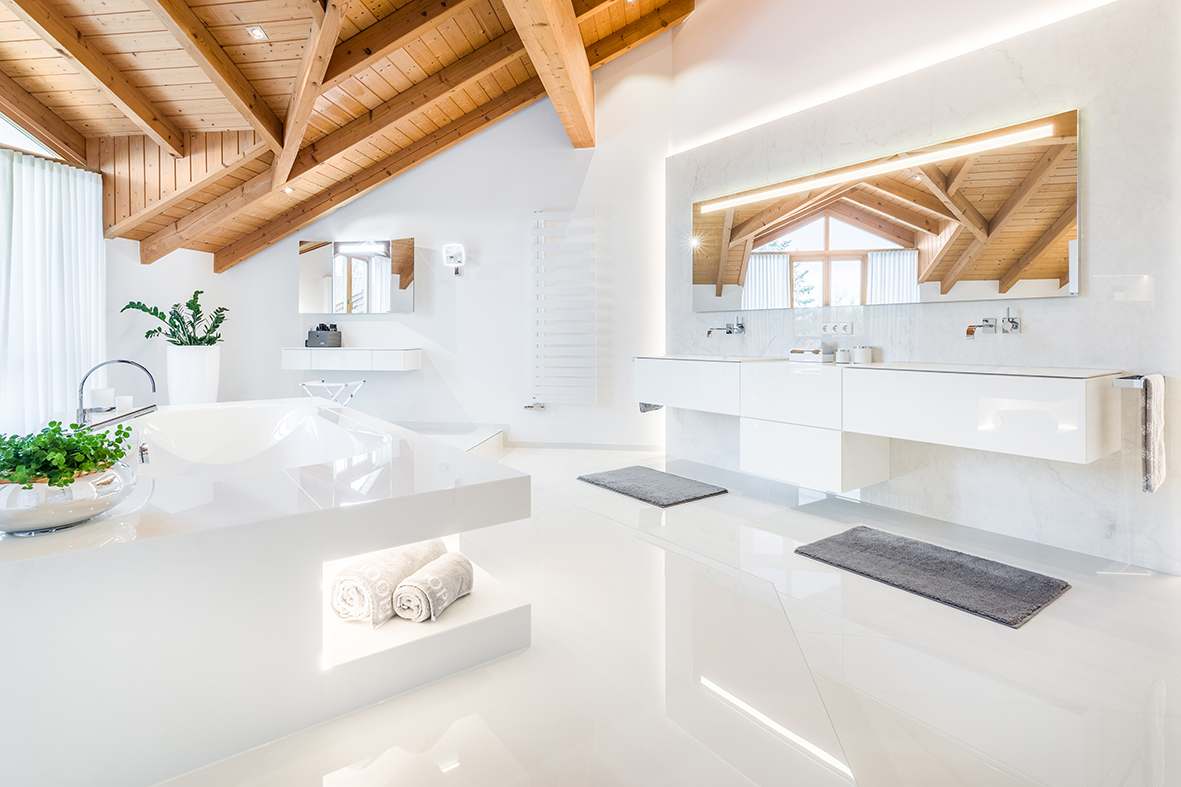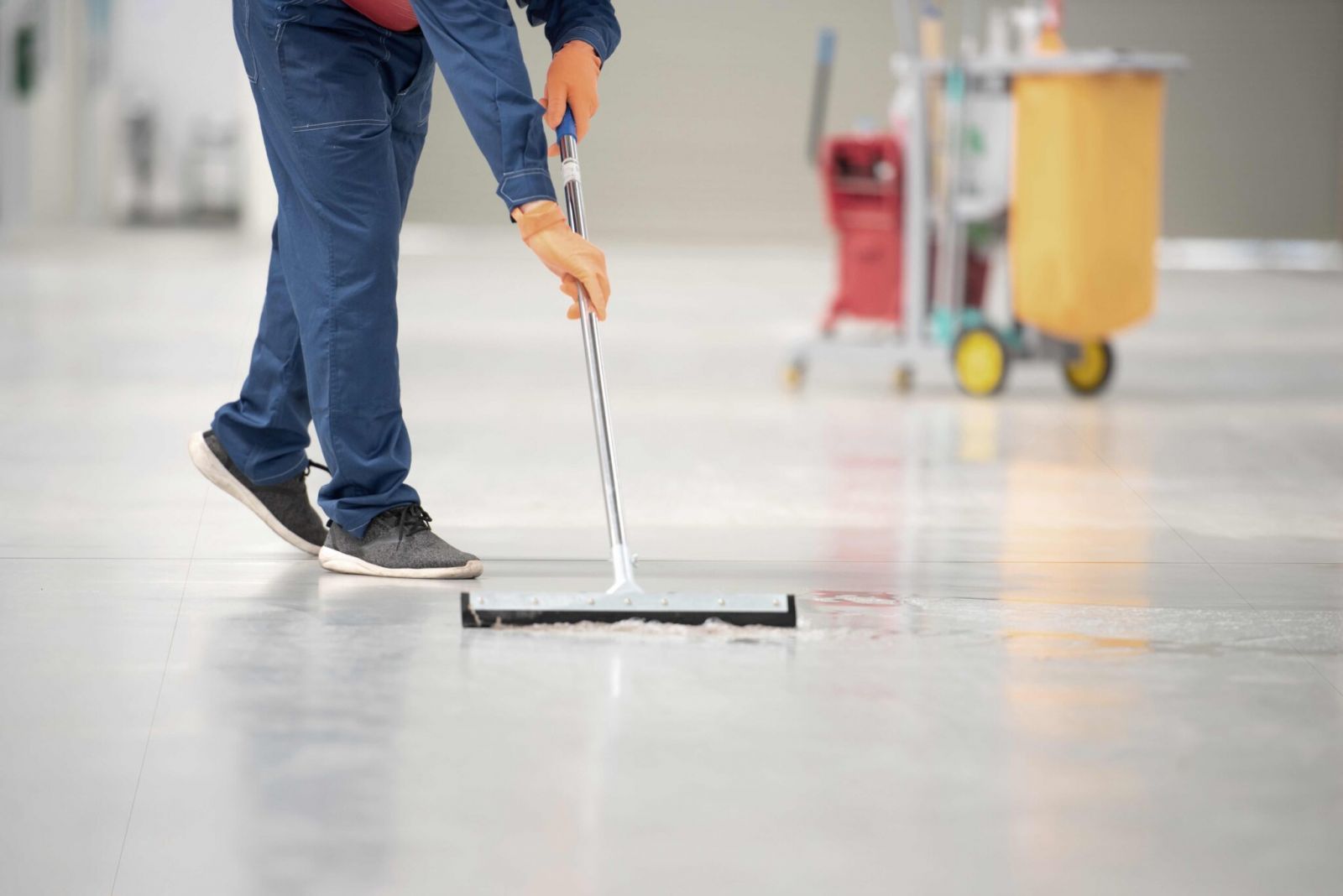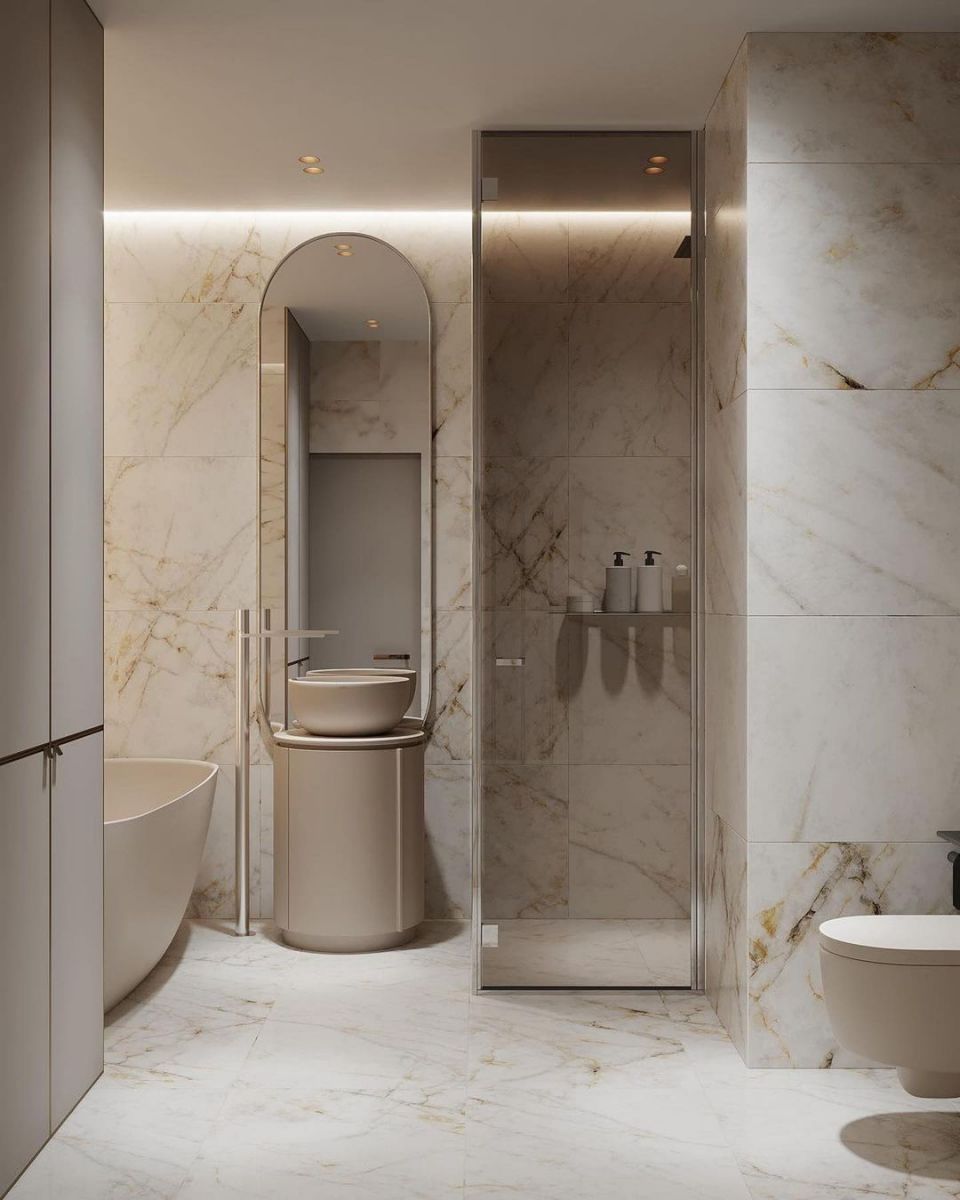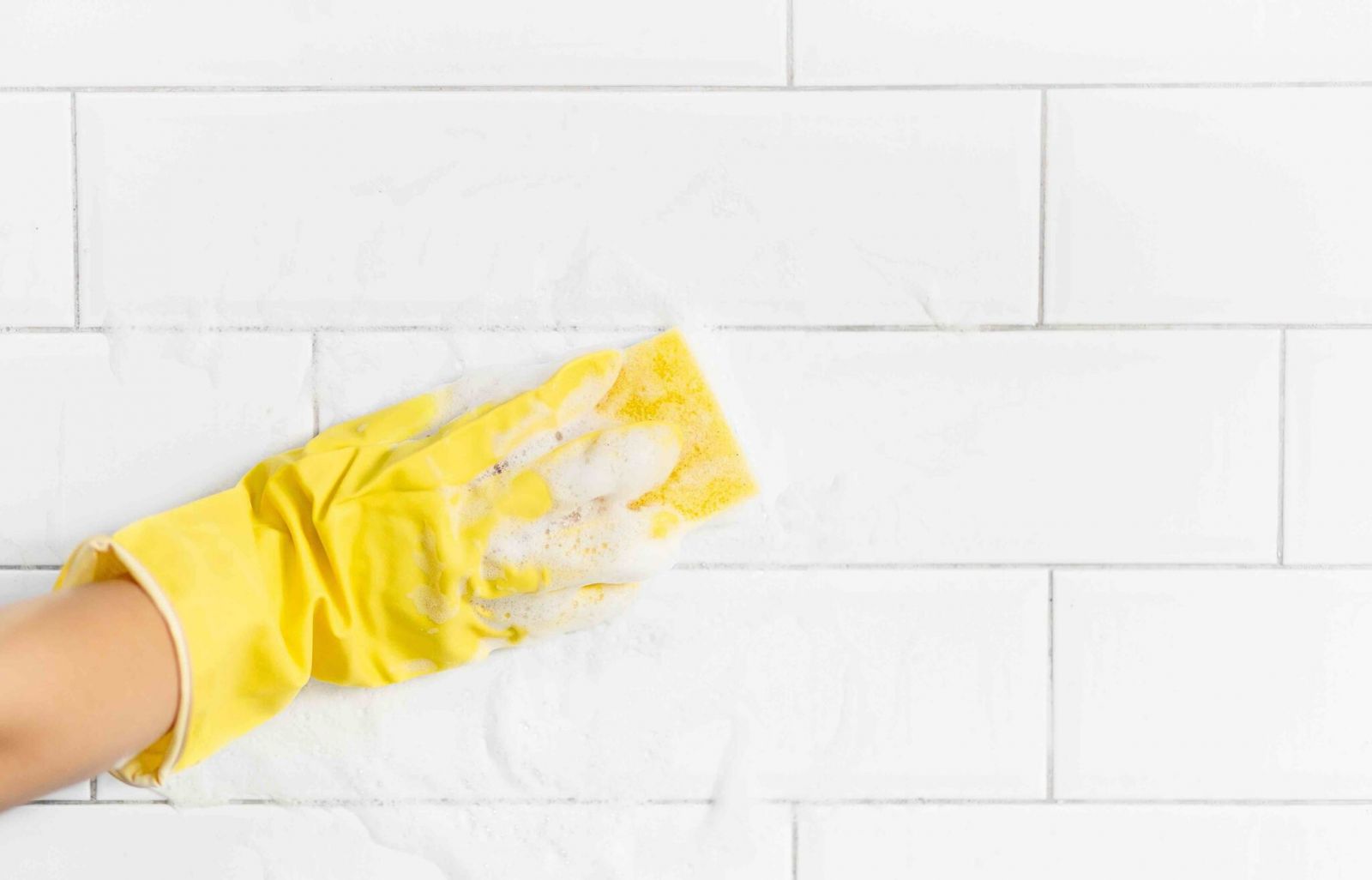Cleaning ceramic floor and wall tiles is one of the issues that is front of mind when it comes to choosing materials for tiling different rooms in the house. Therefore, how to clean tiles and what kind of maintenance they need are the main questions we have to ask ourselves in the early stages of a renovation.
Ceramics is the construction and interior design solution that is easiest to clean and involves the least maintenance, as well as providing a hygienic, antibacterial surface thanks to the low porosity of the material

Some of the inherent features of ceramic offer benefits that have a direct impact in terms of its subsequent cleaning and maintenance, making it the go-to choice for tiling spaces such as terraces, swimming pools, bathrooms or kitchens. Notable among these advantages are its hardness and low porosity, qualities that make floors and walls highly resistant to damp and stains, in turn facilitating the task of cleaning tiles, and keeping the surface hygienic, sanitized and just like new. On the other hand, the low porosity also endows ceramic with high resistance to chemical agents. This means that, if necessary, you can use more aggressive cleaners, especially for the first clean after installation.
Professional tips for cleaning tiles
The first clean of a ceramic floor or wall that has to be done is the one after the tiles have been laid. This clean will remove all the cement and grout residues. For a flawless finish, it is always recommended that this clean be done by a professional: it's one of the fundamental steps that if done wrong can affect day-to-day cleaning in the future. In addition, you should always follow the cleaning instructions given by the tile adhesive and grout manufacturers.
As a general rule, you should never clean recently laid tiles with highly concentrated acid cleaning products as they can damage the joints and leave marks on the surface; a dilute solution of acid, such as commercial vinegar, is fine for cleaning. Furthermore, it is a good idea to soak the surface with water prior to any chemical treatment; this will prevent the possible absorption of the detergent into the joints or the tile.
After installation, the first clean of the ceramic floor or walls should always be done by experienced professionals; this will ensure a flawless finish as they will use the appropriate products, taking into account the type of ceramic surface and the recommendations of the manufacturer
As for the subsequent maintenance involved in the day-to-day cleaning of the tiles, it is very easy and straightforward. Simply using water and any neutral detergent is enough to keep the surfaces clean; you don't need anything else.

Occasionally, if a product with strong colouring, such as wine or oil, leaves a stain, we have to resort to more specific cleaning products, bearing in mind the characteristics of the material and the nature of the stain in question. In this case, it is always advisable to start by cleaning a small area of the tile and the joint to check the effect of the cleaner on the surface before using it on a larger area.
With persistent stains, more chemically aggressive commercial detergents diluted with different quantities of water can be used, but always after first checking the technical characteristics of the installed ceramic
You'll find here a selection of the most common types of dirt and stains and the ideal cleaning product to use in each case for cleaning tiles. We also give you specific tips on cleaning the most sensitive rooms in the home—the kitchen and bathroom—where the humidity and temperature make them more susceptible to the build-up of dirt and the appearance of stains.
Most common types of dirt
*Source: Generalitat Valenciana and Instituto Valenciano de la Edificación.IVE (2019). Use and Maintenance. In Instituto Valenciano de la Edificación.IVE (Ed.), Guía de la Baldosa Cerámica (123-125).
* IMPORTANT: When cleaning tiles, hydrochloric acid or concentrated caustic soda should not be used under any circumstances, nor should you use any products containing hydrochloric acid or its derivatives (commonly known as salfumant).
How To Clean Kitchen Tiles
Along with the bathroom, the kitchen is the room that demands the most attention in terms of maintenance and cleaning; this is where we store, handle and cook food, so a deep clean of the tiles is essential in terms of health and hygiene.
The material chosen for the countertop surface is crucial to keeping it clean and hygienic; Coverlam Top countertops, in addition to being ultra-resistant and durable, are waterproof, antibacterial and stain-resistant

Cooking can cause a build-up of grease on the tiles, while the constant handling of food can leave organic residues on the countertops. In these cases, it is always advisable to follow the indications given above depending on the type of stain. You can also use specific kitchen degreaser products available in any supermarket. Another common option for cleaning tiles in the kitchen is to use a splash of ammonia diluted in plenty of hot water; this will remove grease and the most stubborn marks. Once clean, wipe with a wet cloth and then a clean cloth to leave the surface dry.
How to Clean Bathroom and Shower Tiles
Another of the most sensitive rooms of the house in terms of cleanliness is the bathroom, and specifically areas in direct contact with water, such as the shower. When cleaning bathroom tiles, the most common problems you'll face are limescale and the occasional appearance of mould, both as a result of the constant humidity in bathrooms.
One of the great advantages of tiling these spaces with ceramic is its ease of cleaning and its hygienic, anti-stain surface, qualities that facilitate the removal of the typical limescale marks. The most appropriate thing to use in these cases is white cleaning vinegar; it removes all remaining water marks, and if you use it hot you can complete the task more quickly and effectively.
Bonus: How to Clean Tile Joints
How to clean tile joints is one of the most common doubts that comes up when we talk about cleaning tiles. Over time, dirt can build up in these joints, making them darker and spoiling the aesthetic appearance of the room. It is essential that, when laying the floor or wall tile, the material used for the grouting is of the highest quality; this will ensure its durability and also facilitate the cleaning of the joints.
If necessary, you should use water with standard neutral detergent for cleaning the joints, applying it with a sponge or plastic brush, but you should never use any type of scourer or scrubber, as they could ruin the colour and remove part of the grout.
If you have questions about how to clean the ceramic floor or wall tile of your home, do not hesitate to contact us here—our Technical Department will be happy to help you
















